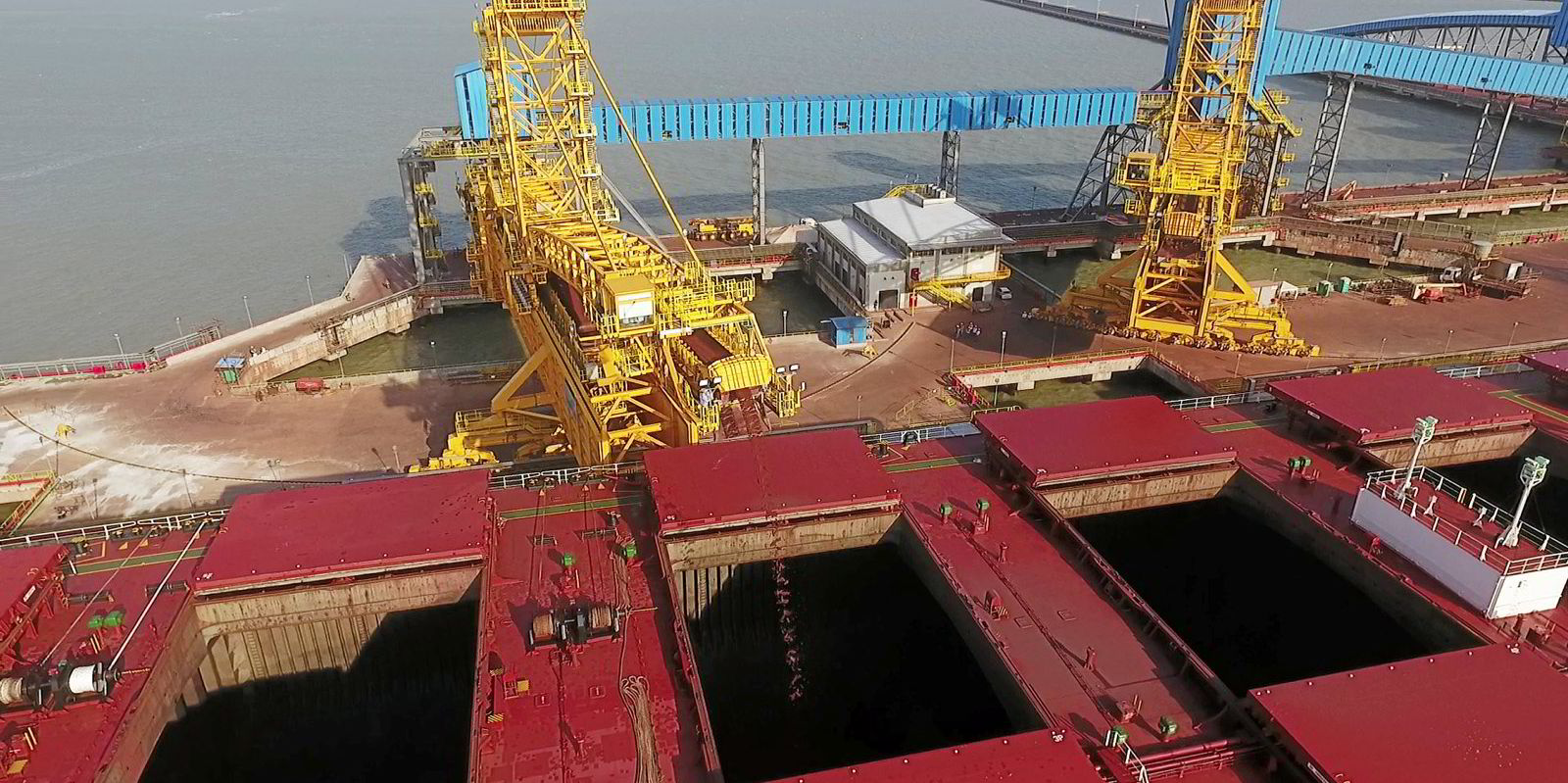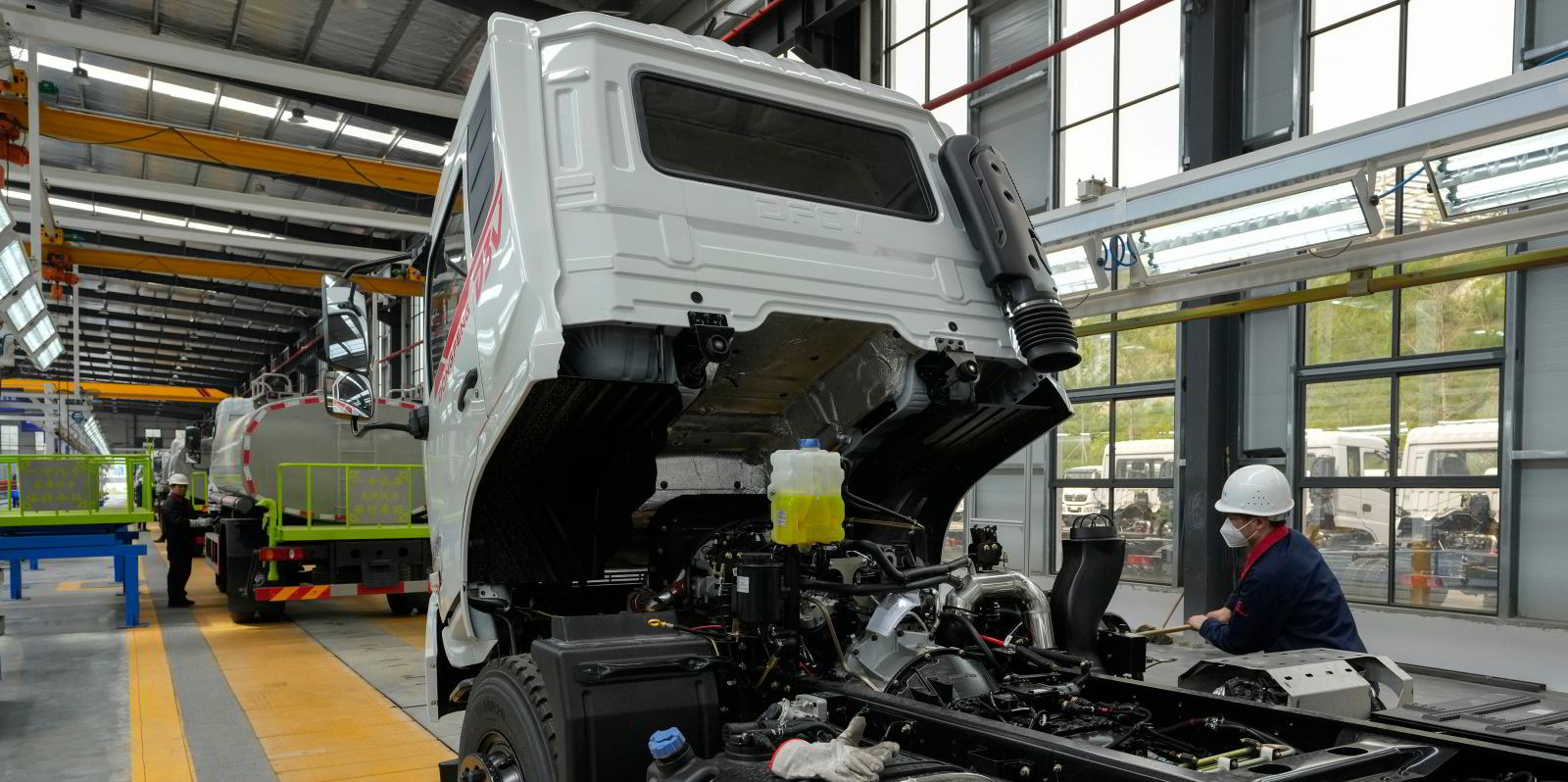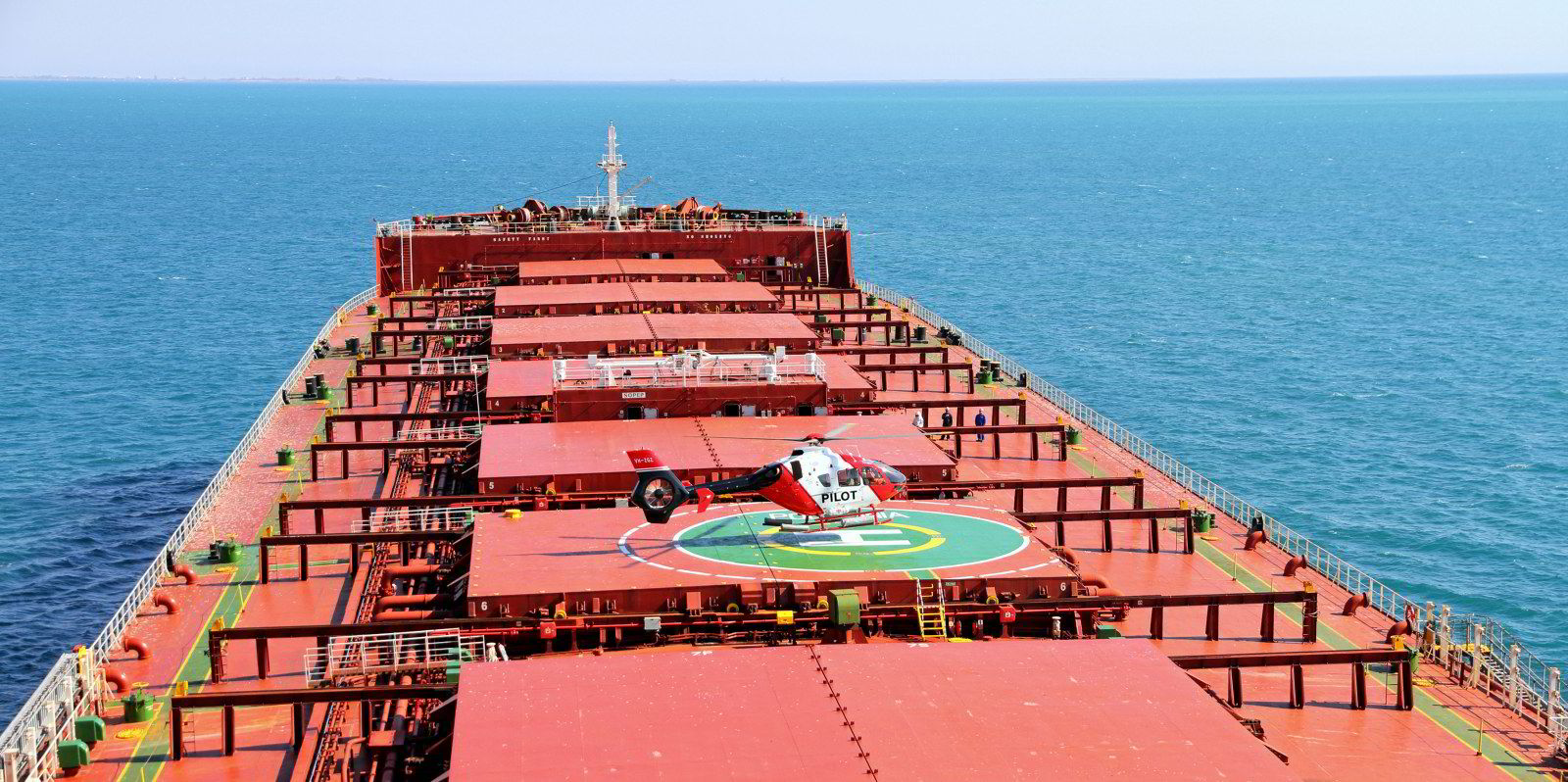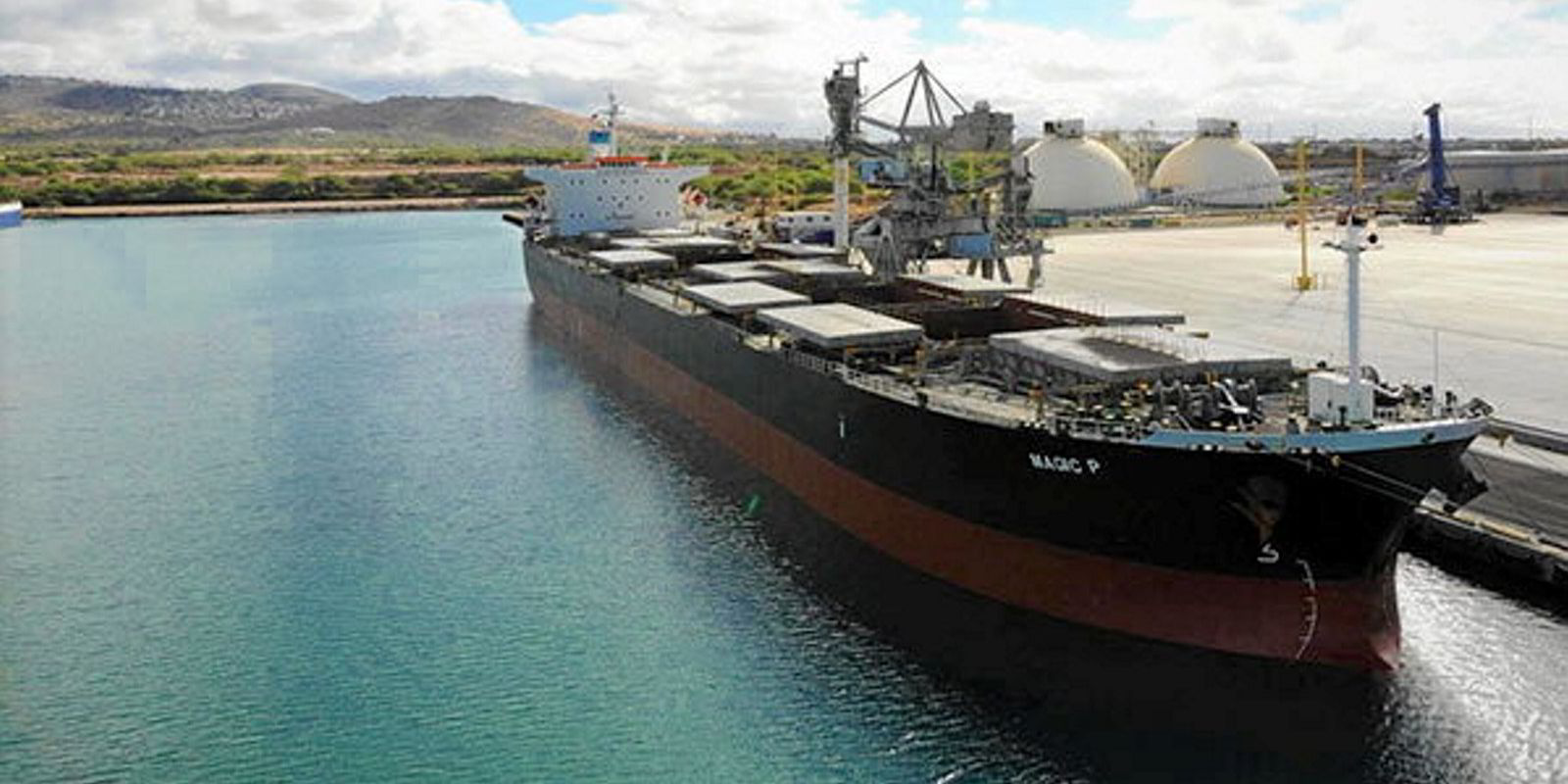All four major segments of dry bulk shipping may continue to weaken as China’s economy remains languid, according to brokers and market experts.
Average spot rates for capesize bulkers have fallen the most over the past three weeks as the Baltic Exchange’s Capesize 5TC of spot-rate averages across five key routes dropped 53.7% since 10 May, bringing it to just under $10,100 per day on Wednesday.
Fixture data from the exchange shows Rio Tinto hired two unnamed capesizes on Wednesday to carry 170,000 tonnes of iron ore from Dampier, Australia, to Qingdao, China, at $7.40 per tonne and $7.50 per tonne after both ships are loaded from 17 to 19 June.
That is considerably lower than the $9.40 per tonne that the iron ore giant paid on 10 May for the exact same voyage after it loaded the vessel from 24 to 26 May.
“The dry bulk market has taken a turn for the worse,” John Kartsonas, founder of Breakwave Advisors, told TradeWinds. Breakwave Advisors is a US-based asset management firm that runs an exchange-traded dry bulk fund.
“It was initially the sub-cape segments that were underperforming, but now the capesize market is in the single digits as well with not a lot of optimism in sight. China’s economy and especially the real estate sector is not performing well.”
China’s manufacturing purchasing manager’s index (PMI) came in at 48.8 for May, according to the National Bureau of Statistics.
That is below an expected PMI reading of 51.4 for May and April’s result of 49.2. A figure below 50 indicates contraction in the manufacturing sector, while a number above 50 points to expansion.
The country’s demand for steel and other commodities has softened as a result of the contraction, sending negative ripples throughout shipping, Kartsonas said.
“You can call it want you like — slowdown, recession, soft patch — but the reality is that as we speak, things are not great.”
The capesize futures market indicated further declines in spot rates as July contracts declined 7.8% on Wednesday to just under $14,300 per day, according to the Baltic Exchange.
But the good news is that shipping, as part of the commodity market, is very cyclical and should improve during this year’s second half, Kartsonas said.
“As we look into the next six months, I think the probability of a recovery in rates from current levels is quite high,” he said.
“Timing is always key and impossible to pinpoint, but at the end of the day we will once again see capesize rates moving up aggressively once demand for raw materials in China returns.”
The dry bulk market’s downward trend will probably “continue a little more” because China’s economy has underperformed so far this year, UK broking house Alibra Shipping said.

This has prompted bulker owners to keep their ships where they are and wait out the depressed market since neither the Atlantic basin nor the Pacific basin is giving any extra advantage, the broker told TradeWinds.
“Owners are pretty covered financially given recent markets, and those with tankers in their fleet are even more relaxed,” the firm said.
Harry Grimes, senior dry bulk analyst with Arrow Shipbroking, said Capesize tonne-mile demand had eased through May, while congestion is at the lower end of the typical range.
“However, the dry bulk market is not operating in isolation to other markets, and we believe wider negative sentiment and momentum is seeping in.
“Iron ore, steel, coal, soybeans, wheat, oil, gas and other key commodities related to the dry bulk market are in a downtrend, and this could make the dry bulk market prone to follow along.”
Spot rates for the smaller bulkers have also declined steadily over the same three-week period as a result of the lower demand for commodities as well as overall negative market sentiment.
The Panamax 5TC has declined 29.5% since 10 May to reach $9,400 per day on Wednesday, while the Supramax 10TC has dropped 20.9% to $9,691 per day over the same period. The Handysize 7TC has meanwhile slid 10.4% to $10,300 per day.







